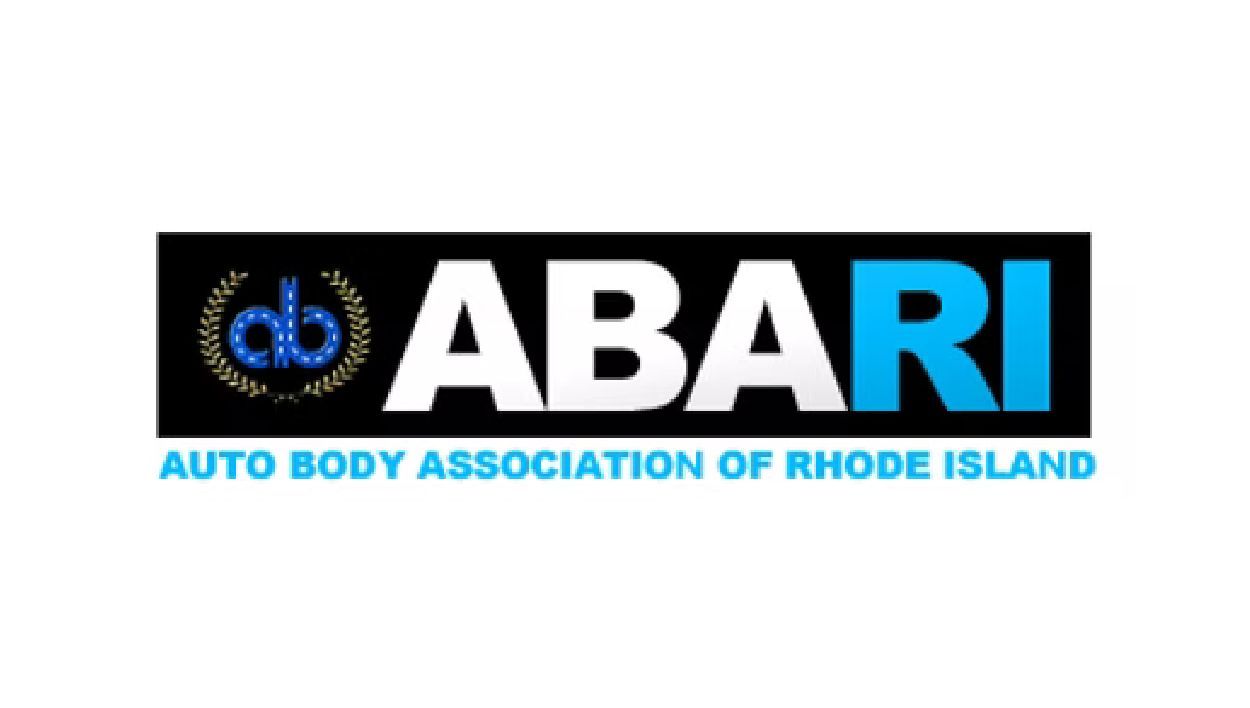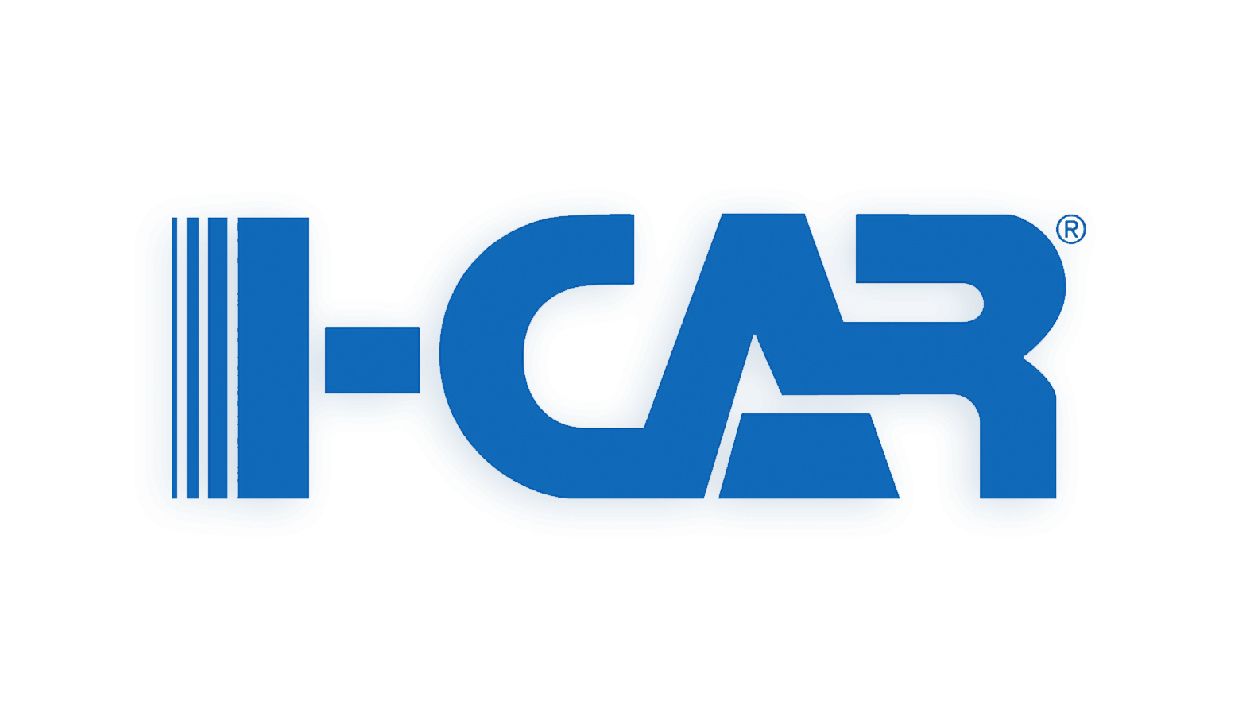November 28, 2024
When a car accident happens, it can feel like everything is suddenly out of control. The thoughts racing through your mind may include concerning repair costs, evaluating potential damage, and figuring out where to get the best help. With so many auto body repair shops available in Providence, how do you know which one will truly restore your vehicle while keeping your budget in mind? This guide aims to break down the collision damage process, helping you navigate repairs and find the right shop for your needs.
Understanding collision damage involves recognizing the extent of vehicle injuries and determining necessary repairs to restore safety and functionality. In Providence, the best repair options include using a trusted auto body shop like Ken Rocha Collision, which specializes in comprehensive assessments, high-quality repairs, and offers a lifetime warranty on services for your peace of mind.
Best Collision Repair Shop in Providence
When your vehicle suffers collision damage, choosing the right repair shop can be overwhelming. In Providence, several standout shops exemplify quality service and customer satisfaction. Ken Rocha Collision , for instance, has cultivated a stellar reputation since 1975, showcasing not only technical expertise but also a commitment to making the insurance claims process as stress-free as possible. Their location at 555 Cranston Street is convenient for many residents, and they provide generous services like complimentary vehicle pick-up and delivery.
With decades of experience, Ken Rocha Collision understands that a customer-centric approach is crucial for fostering loyalty. They focus on using only OEM parts to maintain vehicle integrity, reflecting why many locals turn to them first after an accident.
Types of Collision Damage
Not all collision damage is created equal, and recognizing these differences can significantly influence how you approach repairs. It’s essential to grasp the distinctions between minor and major damages since each requires unique solutions and repair techniques.
Minor Damage
Minor damage typically encompasses small dents or scratches that can often be remedied with methods like paintless dent repair or simple touch-up paint. This type of damage usually does not affect the vehicle’s structural integrity but can certainly detract from its aesthetic appeal.
For example, if a driver gently bumps into a parking post, they might leave behind a small dent on their bumper. It’s frustrating, but thankfully, this level of damage is usually straightforward to resolve, often taking just a few minutes at an auto body shop.
Major Damage
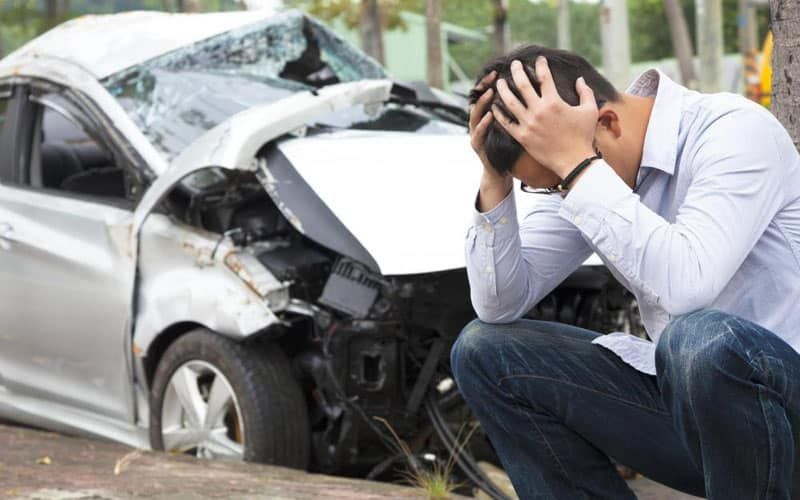
Major damage is a whole different ball game—they’re the kinds of impacts that can jeopardize safety and require comprehensive repairs. Such damage often involves critical structural components like frame bending or significant body panel deformation, which cannot be overlooked.
A prime example might be a high-speed collision where the car’s frame misaligns, necessitating specialized equipment for realignment and correction. The troubled area may show signs of crumpling or buckling, requiring skilled technicians to restore it properly.
It’s important to recognize that such extensive damage not only affects the car’s appearance but also its performance. Repairs often include replacing parts or frame straightening—both costly and time-consuming processes that demand experienced hands and tools tailored for precise adjustments.
Beyond understanding these types of damage, being aware of your vehicle’s condition should encourage proactive attitudes toward maintenance and repair decisions after an incident occurs. By acknowledging the extent of any potential damage early on—be it minor or major—vehicle owners can make informed choices that ensure their vehicles return to top condition while prioritizing safety.
Estimating Repair Costs
Understanding the financial implications of collision repairs is crucial for any vehicle owner, as unexpected expenses can arise following an accident. Repair costs can vary widely—from a few hundred dollars for minor scratches to several thousand dollars for extensive structural damage. This range can be overwhelming at first glance, making it important to break down how these estimates come about.
Factors Influencing Cost
- Extent of Damage: Naturally, the severity of the damage plays a crucial role in determining repair costs. A simple dent might require little more than cosmetic work, while major impacts can necessitate comprehensive frame straightening or part replacements.
- Parts Needed: The choice between OEM (Original Equipment Manufacturer) parts and aftermarket options can significantly influence repair pricing. While OEM parts are often pricier, they typically provide better durability and performance.
- Labor Rates: Labor costs can fluctuate depending on the complexity of the repair and local market conditions. In some areas, skilled labor might demand higher hourly rates due to high demand or specialized skill sets. When visiting auto body shops, it’s enlightening to ask about their labor rates and what goes into them.
- Location: Geographic location can also dictate repair rates. Urban areas might see inflated prices due to higher living costs and demand in populous markets compared to rural settings where competition among repair shops helps keep costs lower.
Having a solid grasp of these factors will empower vehicle owners like you to navigate the complexities of auto repair costs effectively and choose the best path forward for your situation.
It’s essential to keep in mind that getting an estimate doesn’t have to be a hit-or-miss game either. Many reputable shops offer no-obligation quotes online that can help set some expectations before physically bringing your vehicle in for assessment. As you venture through this process, prioritizing quality often results in greater peace of mind—and serves your long-term interests much better than simply chasing lower prices at every turn.
Choosing the Right Auto Body Repair Shop
Selecting the right repair shop is crucial for ensuring your vehicle receives proper care to be restored to its pre-accident state. A reputable auto body shop doesn’t just focus on fixing cars; it considers safety, quality of materials used, and customer service—which can save you a lot of trouble in the long run.
One key trait to look for in a reputable shop is certification from recognized organizations. These certifications indicate that technicians have undergone specialized training and adhere to industry standards, ensuring they are competent in their field. Similarly, if parts will be replaced during the process, ensure they use OEM (Original Equipment Manufacturer) parts whenever possible. This maintains the integrity of your vehicle while preserving safety features.
Check Reviews and Testimonials
To bolster your selection process, don’t underestimate the power of customer feedback. Websites like Yelp and Google Reviews are treasure troves of information regarding customer experiences at specific shops. You’ll often find real stories that illuminate not only the quality of repairs but also how customers feel treated throughout the experience.
But credentials and reviews aren’t the only considerations; insurance plays a significant role too.
It’s vital that you choose a shop that collaborates well with your insurance company. Some sites may recommend shops based solely on pricing or proximity, but having an auto body shop that understands how to handle claims can drastically reduce your stress levels during an already challenging time.
Insurance and Collision Repairs
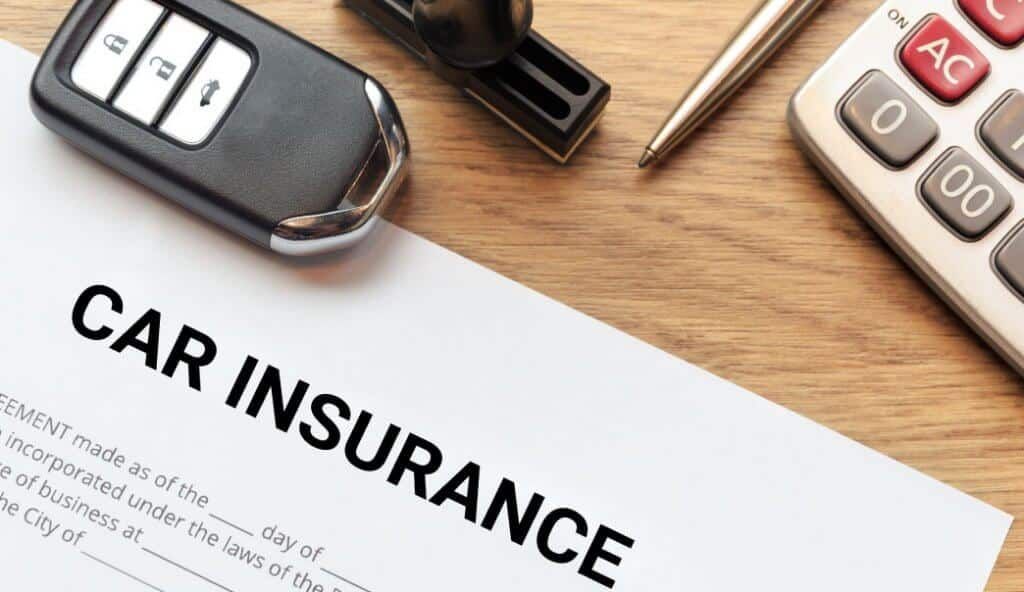
Navigating through insurance after an accident can feel like walking through a maze with no clear direction. The first step is to contact your insurance company immediately after an accident. This initiation kicks off the claims process, allowing you to document the damage effectively.
It’s not just about making the call; capturing images of the damage is crucial. Each photo tells a part of your story—distinct angles of dents, scratches, and overall impact points can substantiate your claim later. Keeping all related receipts, whether for quick fixes or tow services, plays an essential role in ensuring you’re reimbursed adequately.
Many people don’t realize that insurance claims do not have to be navigated alone. Ken Rocha Collision stands out with its Insurance Claim Assistance service, where expert team members help by handling all paperwork and negotiating directly with your insurer. Imagine having someone skilled to sift through the complexities of your policy and advocate for you! This alleviation of hassle could mean less worry on your end and a smoother claim process.
It’s worth noting that each insurance policy may vary significantly based on factors such as deductibles and coverage limits. Knowing your rights can empower you during these discussions, which is something their skilled team regularly emphasizes to clients at Ken Rocha Collision.
Once everything regarding the insurance is squared away, it’s time to venture into the actual repair process. This includes an inspection by one of their highly trained technicians, who will assess the damage more thoroughly. It’s during this phase that estimates are created—not just for the bodywork but also for any necessary parts that need replacing to ensure quality and compatibility with your vehicle.
Communication is key throughout this journey. At Ken Rocha Collision, they pride themselves on keeping clients informed at every stage of their repair. You’ll receive regular updates on progress and any changes in cost or estimated completion times. This level of transparency helps foster trust and peace of mind during what often feels like a challenging situation.
Steps in the Repair Process
The collision repair process is meticulously structured, guiding technicians through each essential phase to restore your vehicle to its pre-accident condition.
Step I is the initial assessment. During this phase, skilled professionals thoroughly inspect your car, looking at every dent, scratch, and broken component. This inspection is crucial as it helps identify not only visible damage but also underlying issues that may not be immediately apparent. Technicians use advanced diagnostic tools to ensure they don’t miss anything, documenting their findings carefully.
Following this comprehensive assessment, we move on to Step II, which focuses on creating a damage report and estimate.
In this phase, technicians compile a detailed report outlining all the necessary repairs. This includes an estimated cost for parts and labor, as well as an expected timeline for completion. Transparency is key here; a trustworthy repair shop goes over every detail with you so there are no surprises later on. They might even assist with submitting this estimate to your insurance company, helping to alleviate some of the stress surrounding claims.
Once everything is agreed upon, we dive into Step III, where the real work begins.
This stage is where technicians perform the actual repair work. Depending on the extent of damage, this could involve replacing parts such as bumpers or fenders, conducting bodywork to smooth out dents, or prepping and painting the affected areas for a seamless finish. Experienced technicians pay close attention to details during this step because the quality of these repairs directly affects the vehicle’s safety and performance.
After all repairs are completed, we reach Step IV, which centers around quality checks and delivery.
In this final phase, the vehicle undergoes rigorous quality inspections to confirm that all repairs meet stringent industry standards. Technicians scrutinize every aspect of their work before preparing your vehicle for pickup or delivery. After passing these checks, staff ensure that you receive your vehicle in pristine condition—often cleaning it before returning it to you! The entire process emphasizes convenience, allowing you to focus on getting back to your life without lingering worries about your car’s safety or appearance.
It’s evident that each stage of the repair process is designed not just for efficiency but also for customer peace of mind. Choosing a reputable auto body shop in Providence guarantees a trustworthy experience.
To explore how you can be assisted with high-quality repair services, don’t hesitate to reach out to Ken Rocha Collision , or call (401) 222-2222 .
The post Understanding Collision Damage in Providence: The Best Auto Repair Services appeared first on Ken Rocha Collision.

